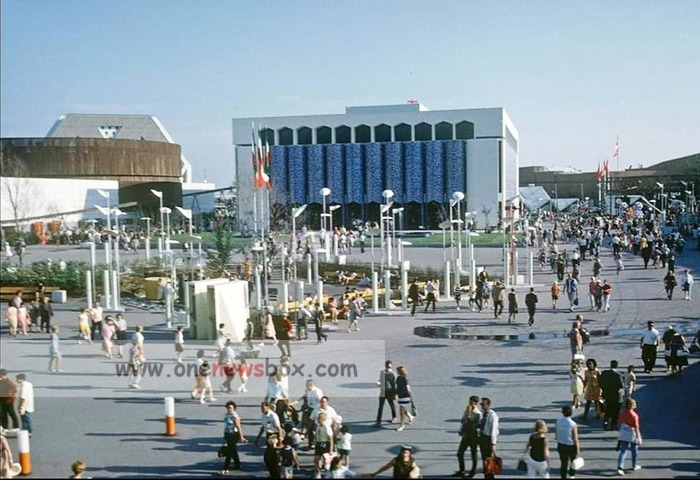5. Legacy of Homeland’s Pavilion at Expo 67
The legacy of Iran’s pavilion at Expo 67 endures, both within Iran and internationally. For Iranians, it remains a proud symbol of their nation’s cultural and historical achievements. It also became a reference point for Iran’s approach to cultural diplomacy, showing how art and architecture can serve as powerful tools for international representation and understanding.
The pavilion’s impact on Persian architecture was profound, inspiring a generation of architects to embrace both tradition and innovation. Farmanfarmaian’s work at Expo 67 encouraged architects to experiment with blending Persian design elements with modern materials and techniques, a legacy that continues in contemporary Iranian architecture.
6. Conclusion: A Masterpiece of Cultural Expression
Homeland’s pavilion at the 1967 Montreal Expo was a masterpiece of cultural expression, an architectural and artistic achievement that celebrated the depth and diversity of Iranian culture. Abdol-Aziz Mirza Farmanfarmaian’s vision brought to life a space that transcended architectural beauty, creating a meaningful cultural narrative that resonated with millions of visitors.
Through its fusion of tradition and innovation, the pavilion symbolized Iran’s commitment to preserving its heritage while striving for progress. Its legacy lives on as a testament to the enduring power of cultural exchange and the role of art and architecture in shaping the world’s understanding of nations and their people. The pavilion’s influence on architecture, cultural diplomacy, and global perspectives of Iran remains a lasting tribute to Farmanfarmaian’s creative genius and Iran’s rich heritage.

